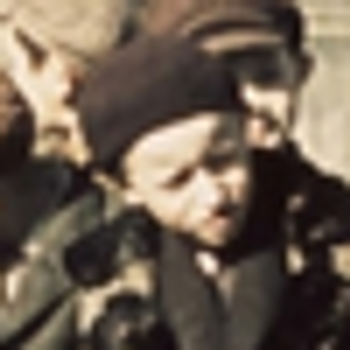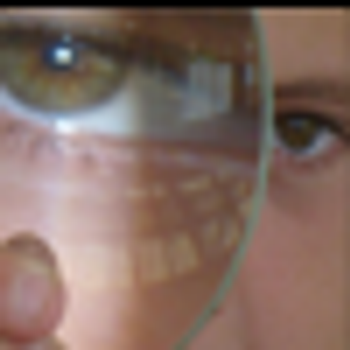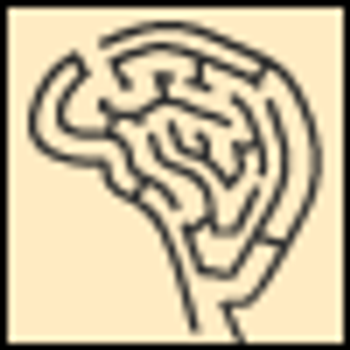
In this guest blog, Dr Deirdre D'Orazio responds to a recent commentary by Dr Allen Frances on conducting evaluations of potential sexually violent predators.

In this guest blog, Dr Deirdre D'Orazio responds to a recent commentary by Dr Allen Frances on conducting evaluations of potential sexually violent predators.

Comorbid obesity and bipolar disorder together affect the executive functioning of patients.

Dr Angell and others may be right to claim that we should be concerned about the current practice of psychiatry. But the simple fact that mental illnesses seem to be common is not one of them.

Do you know someone that has fought the brave fight against serious mental illness? They deserve recognition and applause. Do nominate them or let them know of the Reintegration Awards.

The New York Times ran a front-page story regarding numerous controversies surrounding the DSM-5, most notably, the issue of eliminating the so-called bereavement exclusion in diagnosing a major depressive episode. Here, Dr Pies responds to Dr John Grohol, Psychologist and Editor of the Psychcentral Web site.


Dr Roger McIntyre answers a reader's question. How would you answer? Take the quiz.

Harold Bursztajn, MD, recounts the story of his parents’ survival of the liquidation of the Lodz (Poland) ghetto … how they met, fell in love, married-- and managed to survive where nearly 200,000 others perished. Ultimately, this is a story in which courage and love triumphed over evil. We invite you to watch.

I was 9 years old in December 1959 when I left and 60 in July 2011 when I returned to Lodz, Poland. My return-a journey through time as well as space-was a continuation of a trip from my home in Cambridge, Massachusetts, where I teach and practice clinical and forensic psychiatry, to Berlin, where I gave a number of presentations at a conference of the International Academy of Law and Mental Health (IALMH).

Many inmates are carried along in the structured, routine flow of the New Asylums without receiving treatment until their situation so demanded. In the case of Mr Henry, the demand came in the form of self-induced isolation.

APA Annual Meeting Page2012 Annual Meeting ScheduleScientific Program - Schedule of Meeting Sessions Meeting Registration and Course Enrollment Housing ReservationsAPA Staff Contact ListCourse Brochure [pdf]


My biggest concern regarding DSM-5 is that it will dramatically increase the rates of mental disorder by cheapening the currency of psychiatric diagnosis . . .The whole purpose of field-testing is to identify and correct problems in the preliminary DSM suggestions before they become set in stone as official guides to diagnostic practice.

Philadelphia will host this year’s annual meeting that will take place from May 3 to 5, 2012. The chosen location will be at the Loews Philadelphia Hotel at 1200 Market Street, with easy access to many of the city’s main attractions.

European Psychiatric Association CongressMarch 3 – 6, 2012, in Prague, Czech Republic. The Congress theme, “Beyond Diversity, Towards Harmony,” illustrates the goals of this high-level psychiatric congress to unite diverse groups of specialists from many countries and cultures in an exploration of the most important aspects of diagnosis, research, and treatments in psychiatry and neuropsychiatry. In addition, the Congress provides a venue for psychiatrists from all over the world to meet, share experiences, and network.

Here, Mr Hazelwood answers questions about serial murderers that are commonly posed to him. The term serial murderer (or serial killer) was not even a part of the forensic lexicon until the 1970s . . .

As I near the 1-year anniversary of my crowning as a World’s Expert, it seems like only yesterday that I was just an average citizen . . . I am at heart a clinician and a consummate clinician is what I aim to be.

A history of trauma is most uniquely related to which psychiatric disorder? Which medical comorbidities are associated with an increased risk of suicide in older adults? These questions and more.

This is the title of a disturbing commentary written by the leaders of the DSM-5 Task Force and published in a prominent psychiatric journal.


What is the single biggest challenge you face as a psychiatrist?

I am a civilian psychiatrist who recently finished 20 months of work as a contractor for the US Army. Going into the job, I expected the degree of combat-related stress I saw in our troops. I was not prepared, however, for the scope of the impact our 2 long wars have had on military children.

In today’s world, we are witnessing a de-emphasis and depersonalization of how the bereaved experience the death of a loved one. In fact, the occasion of death is frequently referred to as a “celebration,” despite the pain and suffering that can occur. Death is not an occasion for a celebration. Death is a time for mourning by family and friends. Death is a loss-not only to the deceased, who lost everything, but to all those who care about the deceased.

While research suggests that cannabis use can induce an acute psychotic state, there is controversy about whether it may precipitate psychotic disorders, such as schizophrenia. These authors offer an update on this important issue and provide clinically useful recommendations.

Every residency class needs its symbolic rebel, an outsider who will risk it all in the fight against inane and superfluous paperwork. When your program is demanding redundant treatment plans, insisting on triplicate no-show notes, or reminding you to complete some tedious log, this resident is the kind of leader who will confront the administration with tough phrases, like “This form is ridiculous.”


We now communicate in ways that are very different from those available just a decade ago. The iPhone, iPad, and similar devices also enable us to observe ourselves as we perform any number of activities. These and other new devices may have an application their designers never considered.

When we work with patients whose experiences don't align with our expectations, we must be careful not to dismiss those experiences simply because they clash with the overriding psychiatric paradigm.

Maybe the “Occupy Wall Street” movement suggests a different kind of protest for this year’s APA meeting. What about “Occupy Medicine” for us psychiatrists?

Through patient self-management, mental health clinicians can transfer the focus from managing symptoms to allowing patients to live well in the context of their mental illness and medical comorbidities.